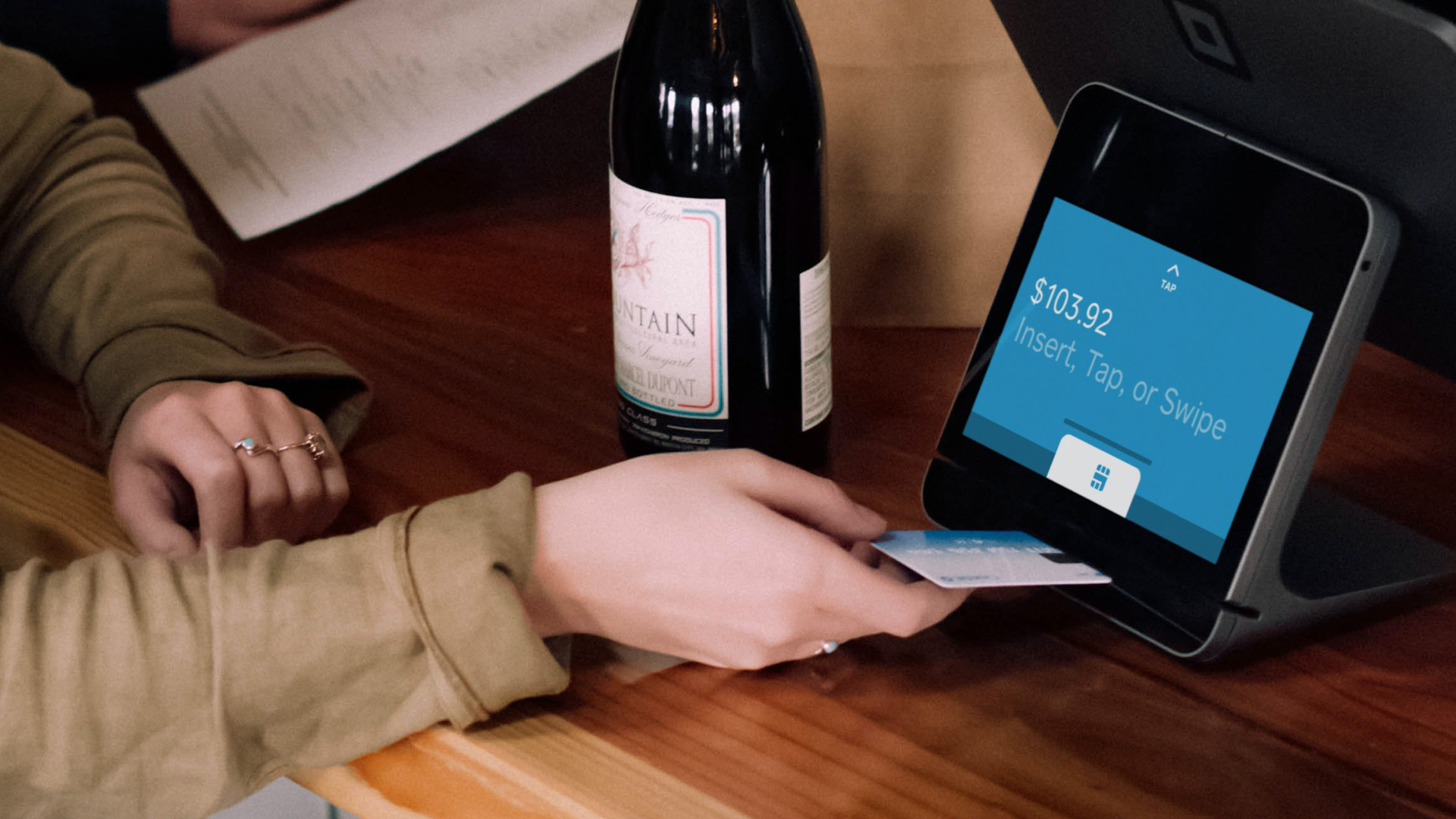Published by
Many of today’s consumers prefer using digital payment methods such as Apple Pay, PayPal or Venmo to make the purchasing process more convenient. As a business owner, accepting these types of payments can signal to customers that you have a modern, streamlined checkout process. However, customers may lose trust in your brand if your digital payment system isn’t working properly or if there is ever a security breach.
If you do decide to accept digital payment methods, there are a few important things to consider and set up first. Below, a panel of Forbes Technology Council members offers their best advice for ensuring a secure and easy digital payment process.
1. Test The Payment Method
I recommend testing the digital payment method before going live. Once you have everything set up, testing the digital payment method is essential to ensure it works properly. Try making a few test payments yourself, and ask some employees or friends to do the same. It will help you catch any potential problems before they cause issues for real customers. – Kanishk Agrawal, Judge Group
2. Have Internal Automation Capabilities
The world of digital payments is evolving quickly, enabled by a number of new technologies that allow organizations to pay B2B vendors digitally. Businesses on the receiving end of this flood of digital payments need to be prepared with internal automation capabilities on the revenue side to streamline the process, ensure accuracy and provide an audit trail. – Rujul Zaparde, Zip
3. Implement Extra Security Layers
Businesses must infuse secure identification, authentication and interactions into the digital transaction workflow in a way that doesn’t hamper the customer experience. This balance must be achieved alongside adding extra security layers, such as proper multifactor authentication and the encryption of users’ payment information into visual codes so that payers can check transaction details before authorization. – Matthew Moynahan, OneSpan
4. Visually Show That Your System Is Secure
Visually show that the method is safe with a lock sign to showcase trustworthiness and the logo of who your secure payment processing partner is. And above all, make it easy. Sync with Apple Pay and Google Pay so checkout is quick and aligned with how many pay nowadays. – Elad Schaffer, Faye
5. Enable Diverse Payment Systems
Start with enabling payment systems that are gaining consumer traction, such as Apple Pay, Google Pay, Stripe, Braintree and others. Since consumers are used to seeing their payment interfaces, it will create confidence in their minds. When choosing a payment method, companies should think about the availability of APIs that connect to the corporate tax, settlement and backend systems. – Brian Sathianathan, Iterate.ai
6. Find A Data-Compliant Digital Payment Vendor
It all comes down to having a trusted digital payment vendor that is transparent and data-compliant. The benefits of transparency work both ways: Companies benefit by expediting their payment processes while customers gain peace of mind when completing a payment transaction. Data compliance also ensures the secure handling of customer information, thus creating a win-win scenario for all parties. – David Gasparyan, Phonexa
7. Never Store Information
For security and privacy purposes, use a trusted vendor for taking payment information, and touch the data as little as possible. By never storing the information and only passing it through to a payment processor, you remove most of the risk for data breaches and attacks. Avoid building any new security methods, as they’ll almost certainly be less secure than proven existing libraries. – Luke Wallace, Bottle Rocket
8. Comply With Established Data Security Standards
It’s important for the business to prioritize achieving compliance with data security standards, such as the Payment Card Industry Data Security Standard (PCI DSS). This will help the business imbibe data security best practices from day zero. It is also important to protect customers by creating cybersecurity awareness content that provides actionable and relatable tips for secure digital payments. – Confidence Staveley, Cybersafe Foundation
9. Carefully Assess Third-Party Platforms
Data security and compliance are top concerns for organizations that accept digital payments. Organizations must do their due diligence when assessing a third-party platform to facilitate their digital payment transactions, as data breaches and compliance failures–even if caused by the third-party service–will reflect very poorly on the organization. – Marc Fischer, Dogtown Media LLC
10. Consider Multichannel Payment Solutions
Explore multichannel payment solutions. This will not only provide greater speed and security in payment methods, but it will also increase your chances of attracting leads, since you will have access to a greater number of users as well as a flexible pricing policy setup. Such modern payment innovation would allow brands to bolster their corporate identities, especially in terms of e-commerce. – Aleks Farseev, SoMin.ai
11. Allow Customers To Delete Their Payment Information
If you’re thinking about accepting digital payment methods, the key to making it safe is to allow customers to delete their payment information at the end of the order. This one small change will ensure that sensitive data is not unnecessarily stored and at risk. – Thomas Griffin, OptinMonster
12. Choose Your Target Audience’s Preferred Payment Method
In this decision, the customer is king. You must integrate a payment method they already use and have configured, as you don’t want to make them register for a new one or have to go through a lengthy Know Your Customer procedure. Stick to the most used payment methods for your area or target audience. – Andres Zunino, ZirconTech
13. Get Ready For Web3
Tokenization is coming faster than we think. Ultimately, any business will need a secure offline wallet to store payments until they can be extracted. Most of the blockchain will be visible to all, so the transparency around the transaction itself won’t be an issue. How you handle and store funds will be the key to success on both sides of the transaction. You can’t steal what you can’t see! – Kevin Huber, IT Outlet
14. Provide Clear Instructions For Customers
If businesses want to accept digital payment methods, they must ensure that their website is secure and that their payment processing system is compatible with the digital payment methods they want to accept. They should also provide clear instructions on how to use the digital payment methods they accept. – Fabio Moioli, Spencer Stuart
15. Provide A Variety Of Authentication Options
Though consumers have acclimated to multifactor authentication’s simple mix of security and accessibility, businesses can further reduce customer friction by providing a variety of authentication options. To avoid superfluous measures that overwhelm users, added authentication should be risk-based and implemented based on contextual information such as order value, device used and IP location. – Christopher Yang, Away
16. Choose A Vendor Who Will See The Process The Whole Way Through
Choosing a payments partner that provides the best experience for customers also means choosing one with the right guarantees for the merchant. Safety and reliability are of course paramount, but a service that guarantees payment and warranties can be just as critical. Choose a vendor that has a track record of seeing the process the whole way through. – Colby Thames, Certegy




